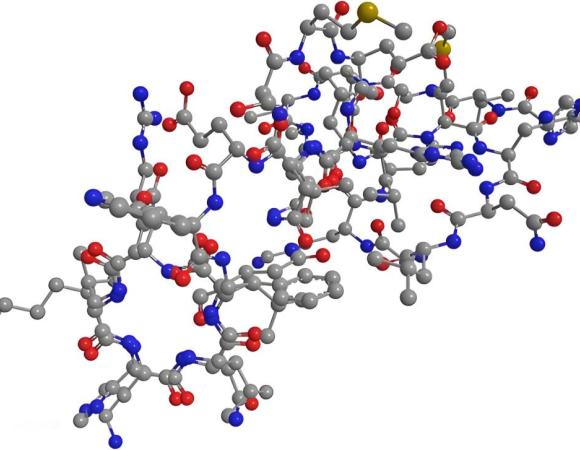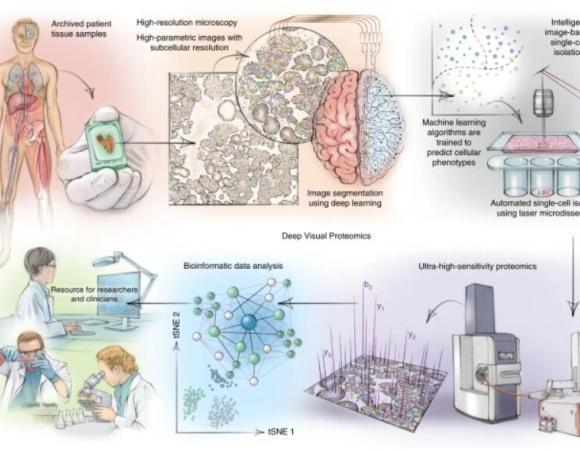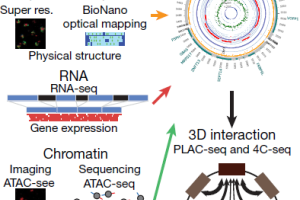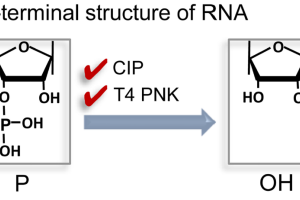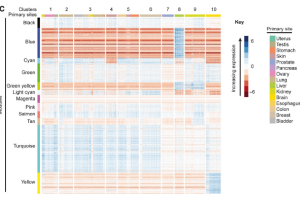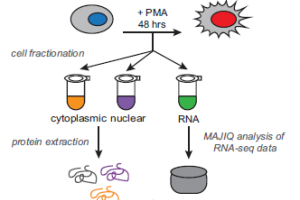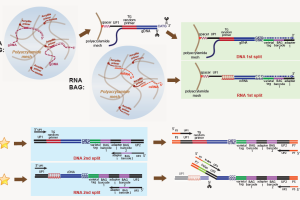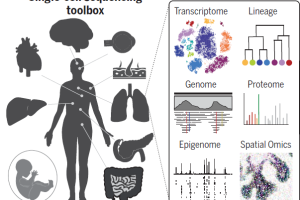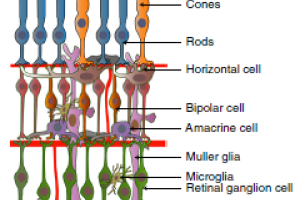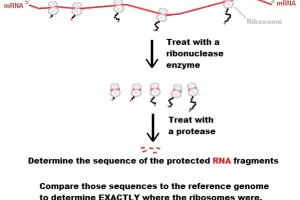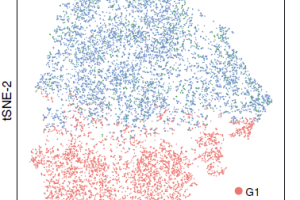- R&D
- Clinical Diagnosis
- News
- Company
QuickBiology News
News Center
Here are relevant industry news and updates on our company
On Feb 23, 2020, CDC (Centers for Disease Control and Prevention) is responding to an outbreak of respiratory disease caused by a novel coronavirus, which was first detected in Wuhan, China. This virus has been officially named “SARS-CoV-2” (formerly called 2019-nCoV), which now has been detected in 32 locations internationally. This virus can be person-to-person transmitted, there are around 80,000 confirmed cases (updated Feb 24, 2020).Read More
Extrachromosomal DNA (ecDNA) is any DNA that is found off the chromosomes. Typically, for instance, in human cells, mitochondrial DNA (mtDNA) is one type of ecDNA. Today we are going to talking about another type --- extrachromosomal circular DNA (eccDNA), which is derived directly from genomic DNA. Read More
RNA plays a special role in life science. It can be as genetic materials like DNA, it can catalyze specific biochemical reactions, which is similar to the action of the protein. Due to its single strand, it forms many secondary structures, providing more variation ------ a significant evolutionary advantage compared to DNA. One specific RNA type whenever is discovered will become a fascinating research topic, such as miRNA, piRNAs, non-coding RNAs, circular RNAs. Read More
Next generation sequencing evolves into such a large ‘postgenomic’ era. NovaSeq -- a lastest Illumina sequencer can collect an entire human genome for < $1000 in several days. Now, it is a big challenge to interpret the data and how to get useful information from such a long A, T, G, C string. Read More
In human genes, more than 95% of multi-exon genes undergo pre-mRNA alternative splicing. “One gene, more spliced isoforms” ------ this strategy is the most important contributor to protein diversity. However, researchers debate that in the transcriptome, ~ 30% genes have antisense transcripts, big parts of isoforms may be just mis-spliced, they are degraded through NMD (Nonsense-mediated Decay), cannot produce proteins. Read More
Single-cell analysis has been becoming popular for understanding the patterns of genomic or transcriptomic variations in complex organs. Quick Biology has given lots of examples that how single cell sequencing technology accelerates researchers’ work. Most single cell platforms are droplet-based methods. In recent Genome Research, Li and his colleagues from Cold Spring Harbor developed a new assay, called BAG-seq. Read More
In life science, single cell resolution at molecular level is growing in popularity. Science Journal reviews recent advances into how single cell genomics is being used to develop personalized phenotyping strategies that cross subcellular, cellular, and tissue scales to link our genome to our cumulative cellular phenotypes. By single cell strategy, we not only catalog our human cell types, but we can also track how a cell develops, differentiate. Read More
GWAS (Genome-wide association study) is an approach to associate genetic variants with traits (such as human height, or even diseases). However, every cell in your body has the same DNA. It is a challenge of using GWAS to identify which type of tissue or cell types associated with certain diseases. In recent Nature communications, Researchers in Broad and MIT performed massively parallel single-cell RNA sequencing in two platforms: droplet-based microfluidics and nanowell-based Seq-well.Read More
The nervous system exhibits the most extensive usage of pre-mRNA alternative transcript isoforms. However, it remains debated as to what extent pre-mRNA alternative splicing events detected by RNA-seq are indeed recruited for translation to produce proteins. Ribosome-seq uses specialized messenger RNA sequencing to determine which mRNAs are being actively translated (Fig. 1), it only targets mRNA protected by the ribosome during the process of decoding by translation.
Read More
Read More
Characterization of host cell response of viral infection is of great interest. Deep insights into molecular signatures of specific cell subsets to viral infection will provide potential antiviral therapies. In recent Nature communications, Researchers in Germany used Herpesvirus (HSV) infection as a virus-host model, performed single-cell RNA-sequencing of HSV-1 infected primary fibroblasts at different infection time points.Read More




